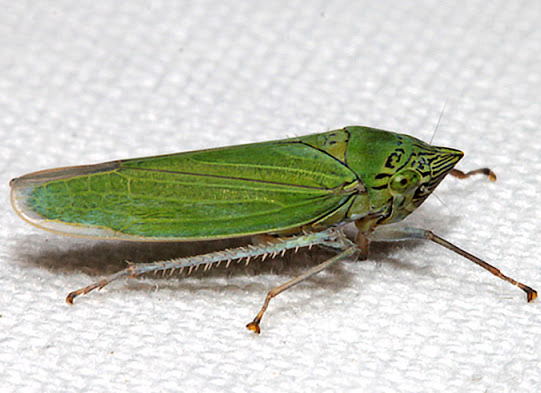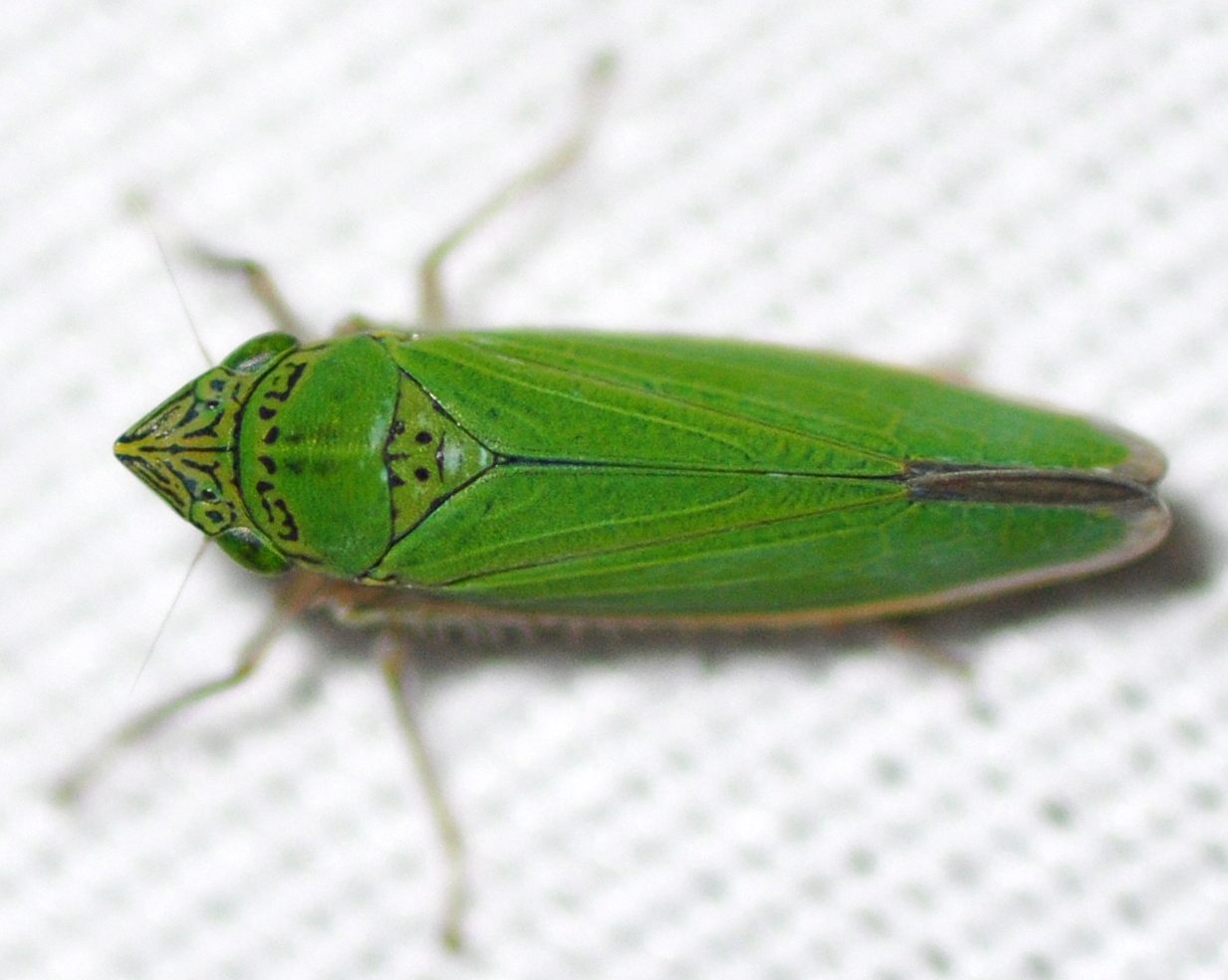
|
|
|
| synonym |
|
| description |
A mostly plain green sharpshooter with a boldly marked head. The heavy black lines on the head, face, and top part of the pronotum help separate this species from other members of this genus. The scutellum also has a distinct pattern: two small black dots near the center and a small black indentation below the dots, curved slightly downwards. The marks on the scutellum can best be thought of as resembling a sad face (see here). The presence sometimes of small bold black marks above the block dots at the base of the pronotum further give this sad face 'eyebrows'. The tip of the forewing may be light bluish rather than green like the rest of the body, and the legs are also light blue in color (BG). |
| distribution |
Primarily southeastern United States, west to Texas and north to the Midwest; introduced in Hawaii (BG) |
| abundance |
Uncommon; recorded primarily from several counties in the Piedmont and Coastal Plain, recorded from one county in the mountains. Probably more abundant near marshes and other wetland areas. |
| seasonal_occurrence | |
| habitat |
Near water in marshes and wetlands and other similar habitats, though sometimes it can be found away from water. (BG) |
| plant associates |
Nymphs and adults feed on Water Lettuce (Pistia stratiotes) and Floating Primrose-willow/Water-primrose (Ludwigia peploides), though has also been recorded on Pink Waterlillies (Nymphaea sp.) (BG) |
| behavior |
Can be attracted at night with a light. |
| comments |
Leaves of water lettuce heavily infested with D. inscripta nymphs turn a yellow or gold color, though it is not known whether this color change is due to a viral disease transmitted by the species, or a result of leaf degradation caused by excessive sap loss from intense feeding. Adults likely only live for several weeks, and female can lay up to 75 eggs into the soft tissues of the hostplants (BG). |
status |
[Native:]
[Introduced:]
[Extirpated:] | | list_type |
[Official:]
[Provisional:] |
| adult_id | Unmistakable and widely known Identifiable from good quality photos of unworn specimens
Identifiable from photos showing undersides, or other specialized views [e.g., legs, face]
Identifiable only by close inspection of structural features or by DNA analysis NULL |
| nymph_id | Unmistakable and widely known Identifiable from good quality photos, especially where associated with known host plants
Identifiable from close inspection of specimens or by DNA analysis
Identifiable only through rearing to adulthood NULL |
| G_rank |
|
| S_rank |
|
| rank_comments |
|
| tribe |
|
| subgenus |
|
Species Photo Gallery for Draeculacephala inscripta Waterlettuce Leafhopper |
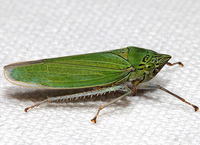 | Photo by: Ken Childs
Out Of State Co.
Comment: |  | Photo by: Rob Van Epps
Mecklenburg Co.
Comment: |
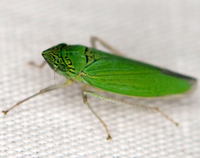 | Photo by: Tony DeSantis
Durham Co.
Comment: | 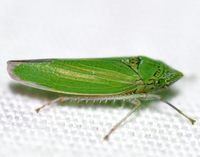 | Photo by: Kyle Kittelberger, Brian Bockhahn
Rockingham Co.
Comment: grassy area near mixed hardwood forest and a pond |
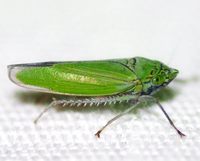 | Photo by: Kyle Kittelberger, Brian Bockhahn
Rockingham Co.
Comment: grassy area near mixed hardwood forest and a pond | 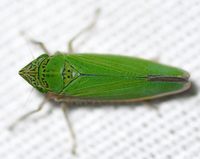 | Photo by: Kyle Kittelberger, Brian Bockhahn
Rockingham Co.
Comment: grassy area near mixed hardwood forest and a pond |
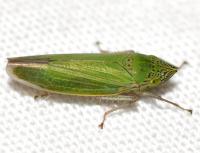 | Photo by: Kyle Kittelberger
Wake Co.
Comment: near mixed hardwood forest habitat |  | Photo by: Harry Wilson
Wake Co.
Comment: |
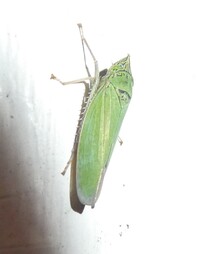 | Photo by: Simpson Eason
Durham Co.
Comment: |  | Photo by: B. Bockhahn
Wilson Co.
Comment: |
|

 »
»